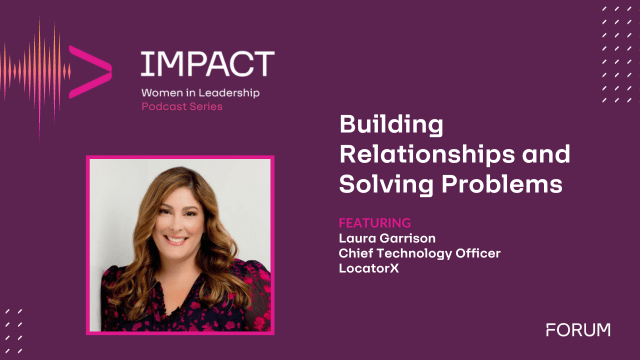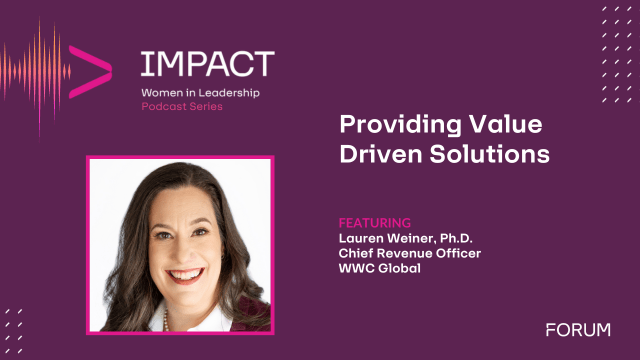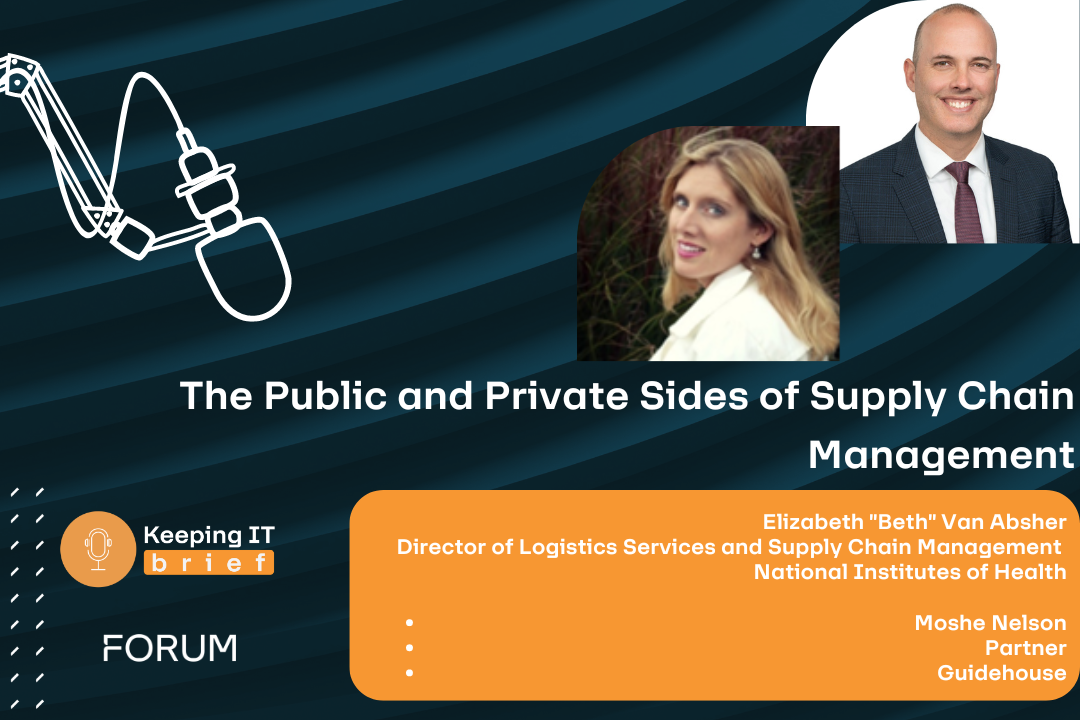Interviewed by Susan Sharer, EVP, FedHealthIT
Doug Averill, Global Public Sector Business Line Leader at Pegasystems, took time out of his day recently to speak with us about the work the company is doing with VA and CMS and how the company’s products and services are helping make Agencies more efficient and customer centric.
What category do your products fall into: Cyber? Interoperability? Open Source? Big Data? Telehealth? BPM?
Our work falls into a number of categories, including robotics and dynamic case management. In Government, dynamic case management for the organization that needs to modernize has been huge. Another area our products fall into and that we’re seeing used increasingly, is on the CRM side of the product. Specifically within the Federal Health space, improved customer service, a better patient experience, faster resolution, and more efficient time to care are all key in serving both the Veteran and civilian populations.
What are the top 2 Federal Health Agencies you are currently working with?
The VA is one and a great modernization story. VA started with our platform and used it to quickly assemble processes, streams, and a complete user experience that tapped into a lot of different systems, including an integrated customer service component.
CMS is another agency where we’re supporting their work with eligibility appeals, assisting in case management, and the resolution of integrating this through back end legacy systems. We’re also working on retiree drug subsidies and applications to create the case for review.
What are the trends you are seeing in your space and where is the market going?
There are a few trends. First, operational efficiency is huge in Government. So much of the Government’s IT spending is on one-time investments but then there isn’t enough spending to keep up with maintenance and so on. Government, especially in the health space, is finding ways to bridge systems with huge amounts of data and then drive that to outcomes. There is a massive legacy modernization that needs to happen and a lot of opportunity in that area for a decade or more to come.
Another trend is for reuse and collaboration and that’s where our system comes into play. Code has been the same for 50 plus years but our approach uses a model of visual metaphors that makes for easier redevelopment and collaboration, both of which will be key moving forward.
Finally, there is a growing understanding and trend that data needs to be actionable. Part of that will certainly come through the development of AI to automate decision making. There is also the opportunity to focus on pattern recognition in the data and to drive actions and outcomes from that for improved customer interaction. AI is not an end point; it needs to support the bigger strategy and be part of the bigger modernization that needs to happen.
What advice would you give to the system integrators and/or partners that hope to drive new opportunities in this space?
[su_pullquote]Government will often come in with a pre-determined list of technology or a series of specific things they would like. The best thing we can do is to step back, to look at the mission or outcome, and then to figure out what the roadmap looks like.[/su_pullquote]It’s key to understand that it takes an ecosystem of partners to enable customers. It’s important for IT and business to be together in the same room to make real change. We must also understand that success in a long-term relationship requires understanding what the customer is trying to drive to. Government will often come in with a pre-determined list of technology or a series of specific things they would like. The best thing we can do is to step back, to look at the mission or outcome, and then to figure out what the roadmap looks like. It isn’t about a single appropriation usually, but a long journey.

About Pegasystems: Pegasystems is a 35-year old company with global offices. It has developed a unique technology: a unified platform that allows everyone who uses it to develop things quickly, usually in support of becoming more efficient and customer centric. In the commercial space we think of this as “quick time to market” but in the Government space, it means “quick time to value”.
Building within the Pegasystems application is like creating a Lego block that is then able to be reused, for part of one application to build onto another. This is unique for Government and allows for easy success in achieving best practice, optimized processes, and creating prebuilt components that speed final delivery.












